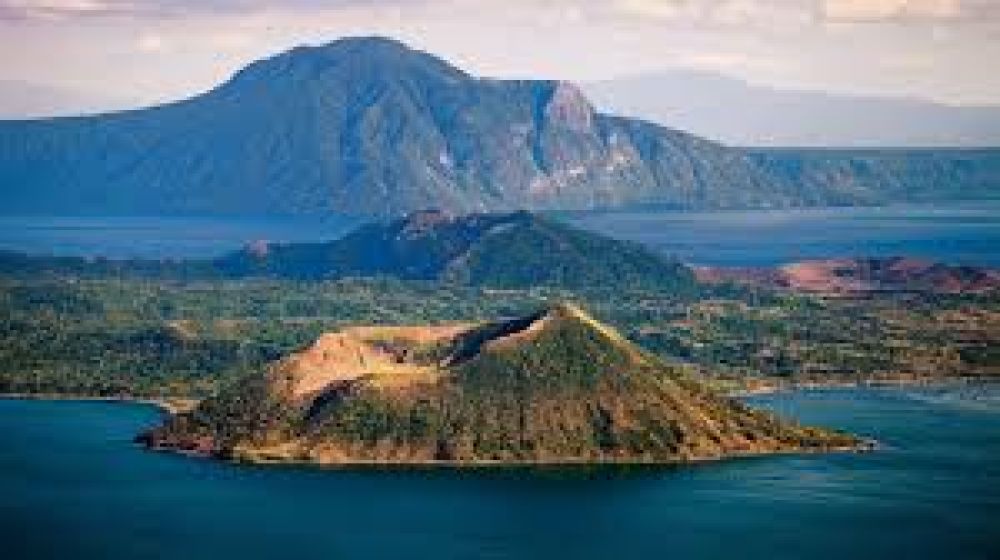

As one of the most picturesque and iconic landmarks in the Philippines, Taal Volcano and Lake in Tagaytay have been captivating visitors for decades. The history of tourism in this region is rich and multifaceted, attracting tourists from around the world who seek natural beauty, adventure, and cultural experiences.
The tourism history at Taal Volcano and Lake can be traced back to the Spanish colonial era when the natural beauty of the landscape was already recognized. However, it wasn't until the American colonial period in the early 20th century that Tagaytay started to develop as a resort town, due to its cooler climate and stunning views of Taal lake and volcano. Wealthy Filipinos and foreigners began building vacation homes in the area, drawn by the spectacular scenery and potential for leisure activities.
In the years following World War II, infrastructure improvements, such as better roads leading to Tagaytay, made the region more accessible to tourists. The Philippine government, recognizing the area's potential, invested in the development of accommodations and other tourist facilities. Over the years, Tagaytay has witnessed a steady increase in tourism, further spurred by the growth of Metro Manila as its proximity meant an easy escape from the city bustle.
The turn of the 21st century saw a surge in both domestic and international tourism. With the rise of social media, stunning images of Taal Volcano's perfectly shaped crater, with the lake inside it, became an instant hit. The Taal Vista Hotel, a historical landmark established in 1939, along with a plethora of new restaurants, hotels, and resorts have catered to the ever-growing influx of tourists. Additionally, eco-tourism and adventure activities, such as hiking, horseback riding, and boat tours, have added to Tagaytay's appeal, offering more detailed encounters with the natural wonder.
Recent tourism trends in Tagaytay reflect the increasing desire for sustainable and responsible travel. Tour operators and local businesses are more aware of the environmental impact of tourism and have begun to implement practices that preserve the region's ecology, particularly the lake's fragile ecosystem. The growing popularity of farm-to-table dining experiences, showcasing organic and locally sourced produce, has also influenced the tourism scene.
The eruption of Taal Volcano in early 2020, followed by the global pandemic, led to a temporary decline in tourism. However, as travel restrictions are lifted and recovery efforts continue, Tagaytay is once again poised to be a top destination for both relaxation and recreation. The resilience of the local community and the enduring allure of the volcano and lake ensure that this region will remain an essential part of the Philippines' tourism landscape.
Looking ahead, Tagaytay’s tourism sector is likely to focus on creating a balance between development and conservation, ensuring that future generations can continue to enjoy the majestic beauty of Taal Volcano and Lake. With its historic charm and evolving tourist amenities, Tagaytay remains a testament to the enduring appeal of natural wonders when paired with the spirit of hospitality.